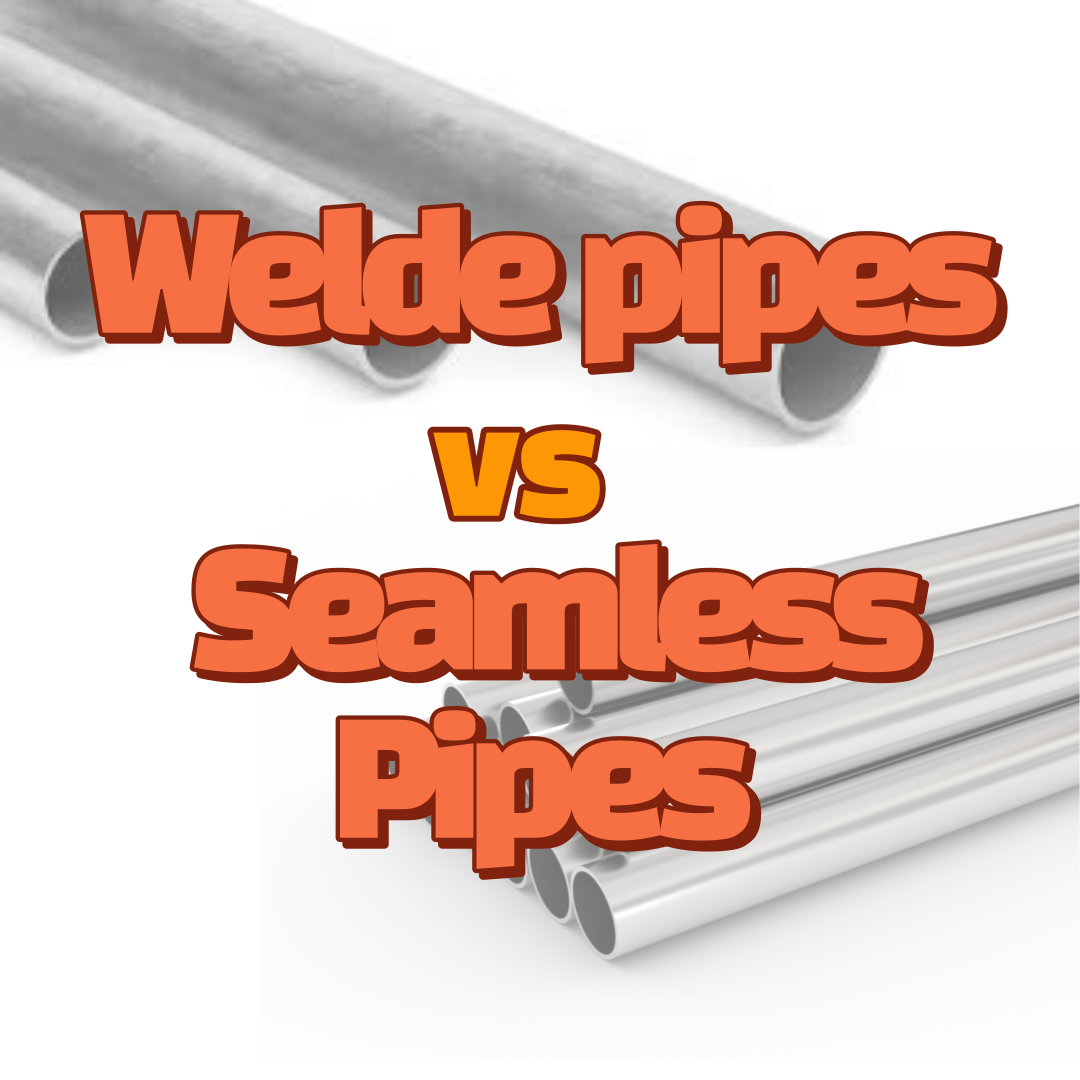-
About
-
Our Brand
-
Products
-
Community
Community
Blog
Blog
How to identify welded pipes and seamless pipes
- Writer
- STEELTOPIA
- Date
- 23-12-13

Welded pipes and seamless pipes are two common types of steel pipes used in various industries. Here's how you can identify them:
Welded Pipes:
1. Visible Weld Seam: The most obvious characteristic of welded pipes is the presence of a visible weld seam along the length of the pipe. This seam is created during the welding process where two sections of the pipe are joined together.
2. Uniformity in Diameter: Welded pipes often have a more consistent diameter along their length because they are manufactured by rolling a flat sheet of steel into a cylindrical shape and then welding the seam.
3. Cost-Effective Production: Welded pipes are generally more cost-effective to produce than seamless pipes, making them a popular choice for various applications.
4. Different Welding Methods: Welded pipes can be produced using various welding methods such as electric resistance welding (ERW), submerged arc welding (SAW), or high-frequency induction welding.
Seamless Pipes:
1. No Visible Weld Seam: The most distinguishing feature of seamless pipes is the absence of a visible weld seam. Seamless pipes are manufactured without any longitudinal welds.
2. Uniformity in Composition: Seamless pipes have a more uniform composition and structure throughout the entire length since they are formed from a solid round steel billet through a piercing and extrusion process.
3. Higher Cost: Due to the more complex manufacturing process and the absence of a welded seam, seamless pipes are generally more expensive to produce compared to welded pipes.
4. Superior Strength: Seamless pipes are often preferred in applications where high strength and pressure resistance are crucial, as they lack the potential weakness introduced by a welded seam.
In summary, the presence of a visible weld seam is the key identifier for welded pipes, while seamless pipes are recognized by their lack of a visible seam and a more uniform composition. The choice between welded and seamless pipes depends on the specific requirements of the application, considering factors such as cost, strength, and the presence of potential weak points introduced by welding.


 HOME
HOME